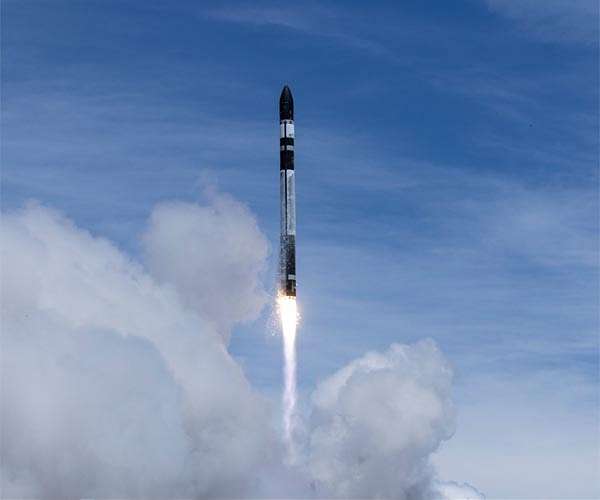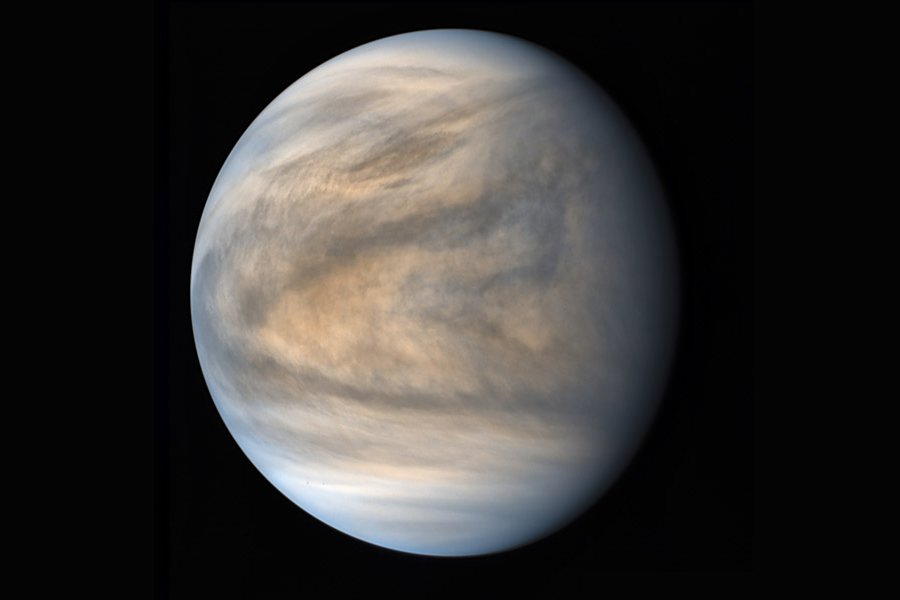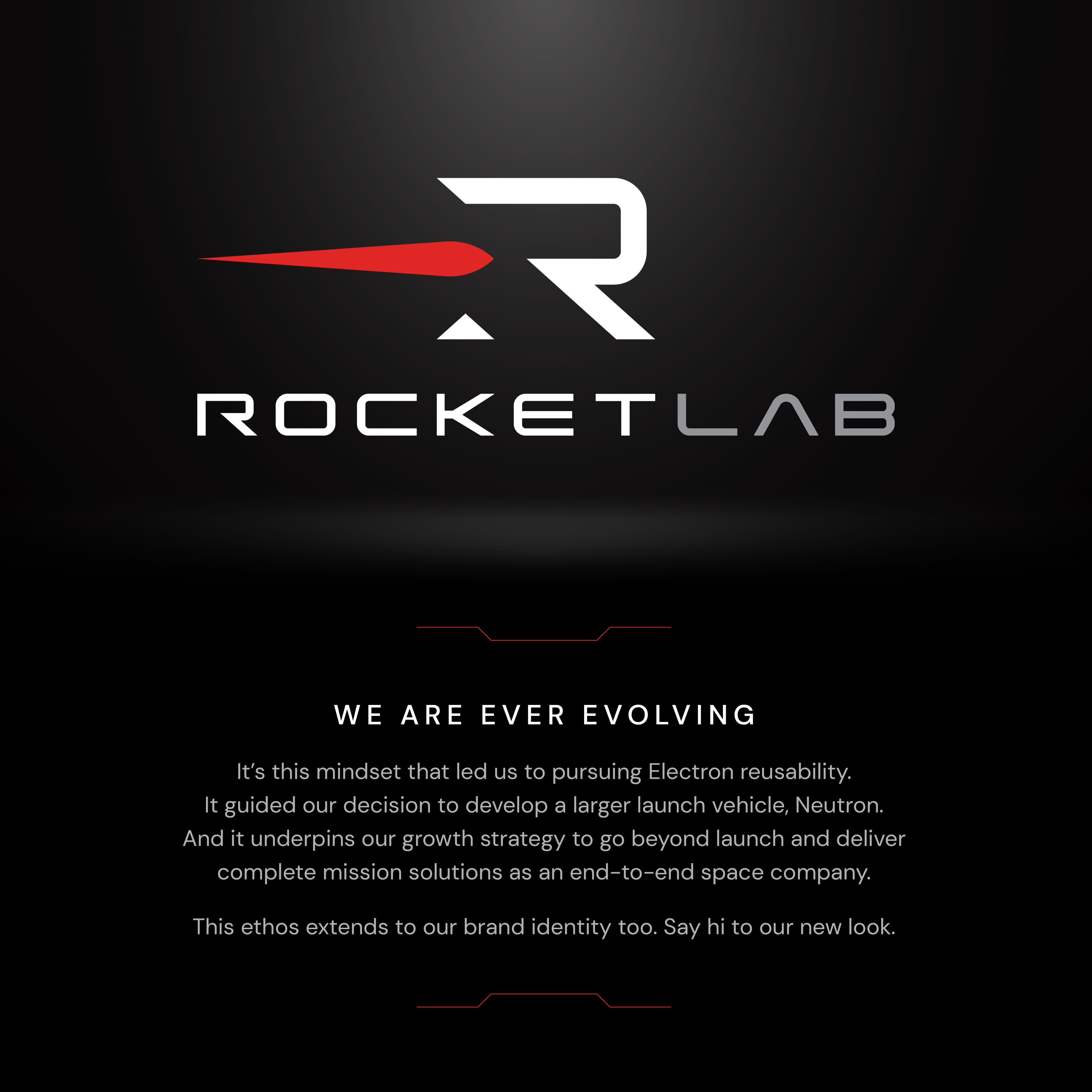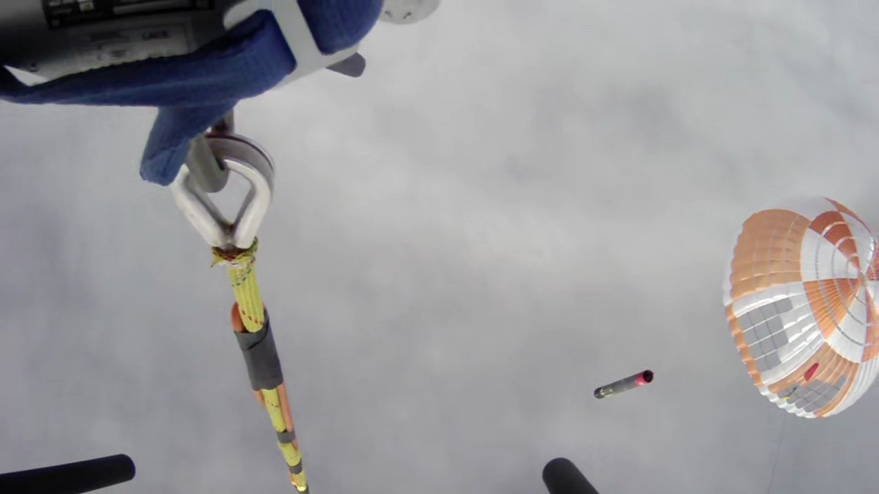- Joined
- 13 August 2007
- Messages
- 8,445
- Reaction score
- 10,999
looking into concept
it makes sense that they use carbon fibre to build Neutron
Neutron is much smaller as Starship/Superheavy, who build for cheap Steel.
So the construction cost will not be so high.
the Neutron empty mass will be very low, this allow interesting Aerodynamic glide on return.
it's more of a Lifting Body, in contrast of the ballistic returning Falcon 9 stage
This could allow grater cross range glide for return to Launch site compare to a Falcon 9.
it makes sense that they use carbon fibre to build Neutron
Neutron is much smaller as Starship/Superheavy, who build for cheap Steel.
So the construction cost will not be so high.
the Neutron empty mass will be very low, this allow interesting Aerodynamic glide on return.
it's more of a Lifting Body, in contrast of the ballistic returning Falcon 9 stage
This could allow grater cross range glide for return to Launch site compare to a Falcon 9.








